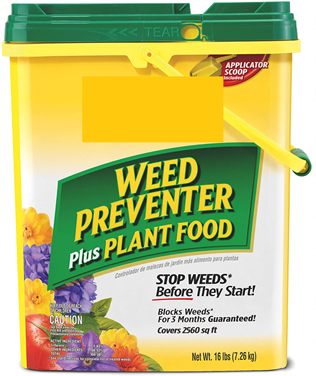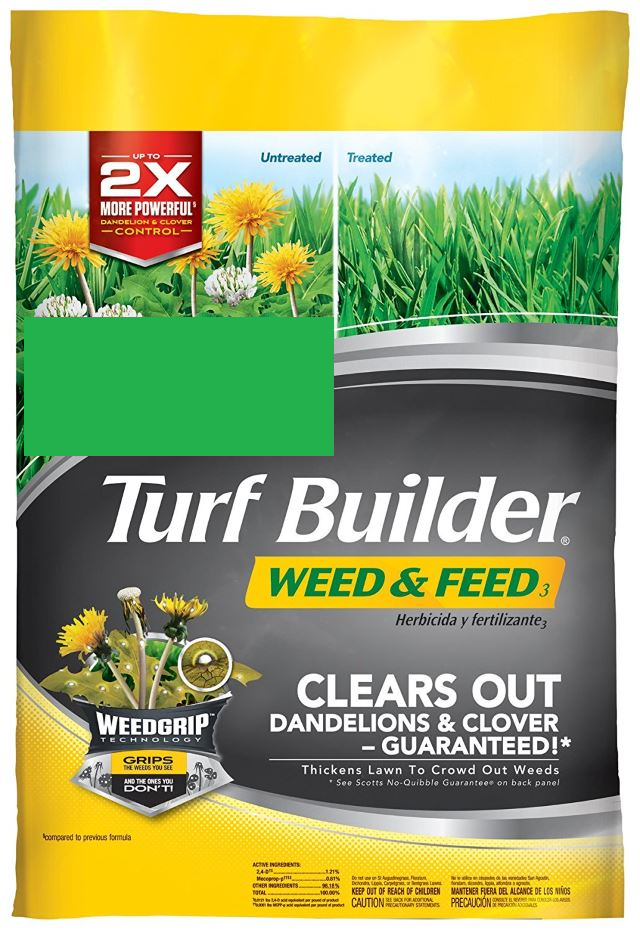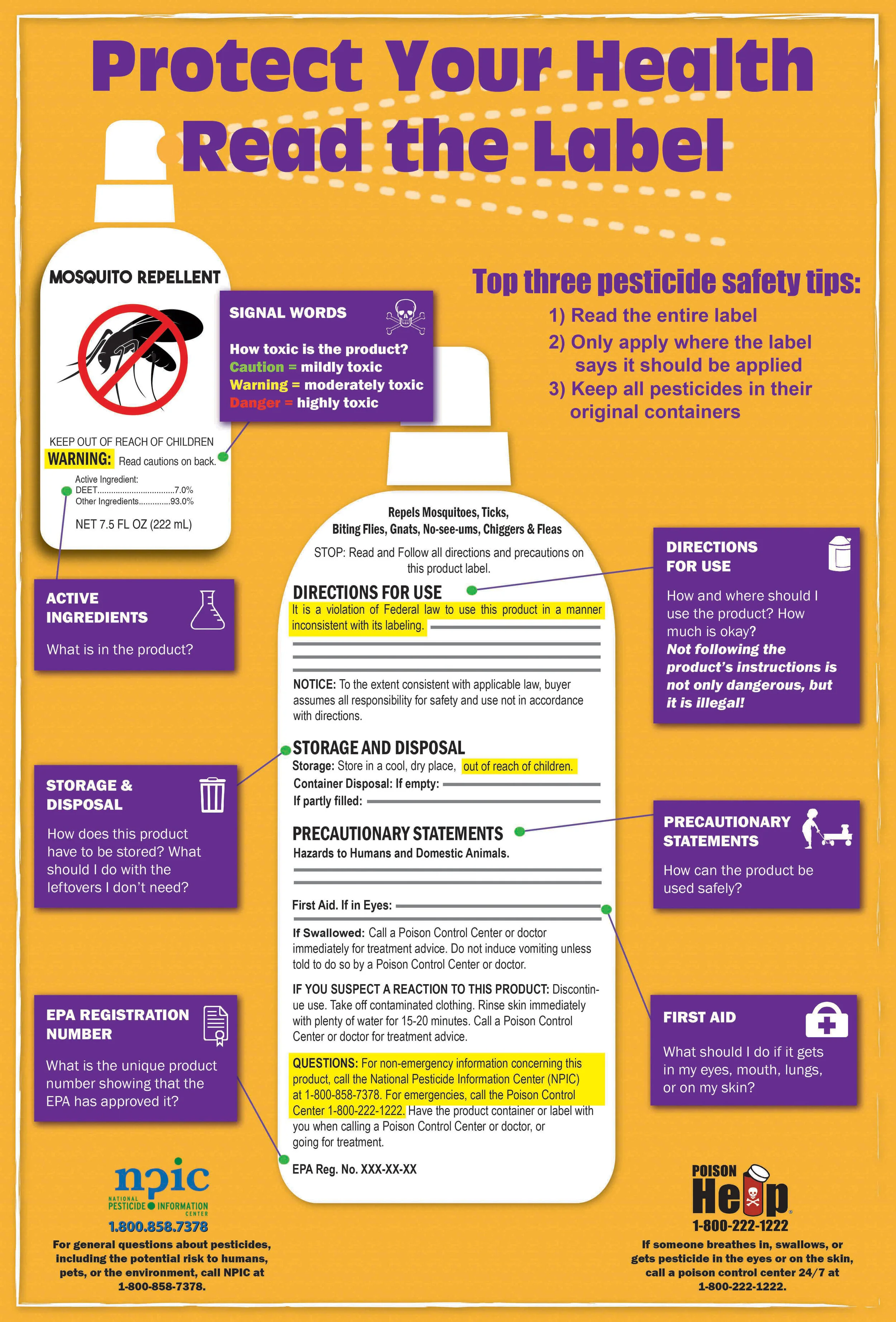What is Weed & Feed?
Weed and feed products are combination lawn care products that contain both fertilizer and herbicide. These products are spread indiscriminately across an entire lawn area, not in specific locations. Weed and feed products come as liquid and pellets. They can be in plastic containers, plastic bags, or attachable hose bottles.
Why should I stop using Weed & Feed?
Most weed and feed products contain some kind of herbicide in addition to fertilizer. Herbicides can include 2,4-D, dicamba, mecoprop (MCPP), and trifuralin. These disrupt plant cells and impact the weed’s ability to grow properly. While effective, they are often applied in excess when using weed and feed.
These herbicides are bad for kids, pets, and shared waterways:
They can be ingested by both domestic animals (pets) and wildlife.
They are easily tracked inside by pets and children, and can stay in the home if not cleaned.
They run off of lawns into local waterways—ultimately impacting salmon populations.
They can also damage the health of the soil.
What are alternatives to Weed & Feed?
The following are alternative lawn care techniques to help you avoid the use of weed and feed products:
Get your soil tested! Check out opportunities for soil testing here.
Grasscycling (bagless mowing) can reduce the need for fertilizer. Leaving the grass clippings on the lawn feeds the lawn without fertilizers!
Fertilize once or twice a year using an organic slow-release fertilizer.
What is an organic fertilizer? These fertilizers are made from organic sources like plant or animal projects. Organic fertilizers can include compost, bone meal, or manures.
Using organic fertilizer supports soil health too, meaning weeds have fewer opportunities to take hold.
Water deeply but infrequently.
Aeration — aerating your lawn can allow water to penetrate more deeply.
Consider using lawn alternatives, such as ground covers like Creeping Thyme.
Create a buffer of native plants around your lawn.
Next steps and additional resources.
What should I do with my weed and feed product if I want to stop using it?
If the container is empty, put it in the recycling or trash bin. If the container still contains weed and feed product inside it, take it to one of the King County Hazardous Waste disposal locations below:
Factoria Household Hazardous Waste Drop-off Service
The Hazardous Waste Collection Shed is at King County's Factoria Transfer Station, located at 13800 S.E. 32nd St., Bellevue, WA.
Seattle Fixed Disposal Sites
The City of Seattle also operates two fixed household hazardous waste collection sites, one in North Seattle and one in South Seattle.
Click here for an educational video from Puget Sound STORM on natural yard care.
Why should I read lawn care product labels?
tells you the risks and hazards of using the product
tells you where, when, and how much to use of the product
gives suggestions for safety equipment or personal protective equipment
provides precautionary statements like “keep away from kids and pets”
What is on the label? How do I read the label?
“Active Ingredients”
This section tells you what is in the product. The active ingredients will include herbicides like 2,4-D, dicamba, mecoprop (MCPP), and trifuralin.
“Signal Words”
Signal word — in big print and bold — will include one of the following words: danger, caution, warning, or poison. In general, products with danger or poison on the label are the least safe to use. Labels with warning or caution are a safer choice.



